Angel Oak Tree
- November 14, 2023
- 0 comment
The Angel Oak Tree stands as a majestic testament to the enduring beauty of nature, located in Angel Oak Park near Charleston, South Carolina. This awe-inspiring Southern live oak (Quercus virginiana) is a living legend, estimated to be around 400-500 years old, making it one of the oldest living things in the country.
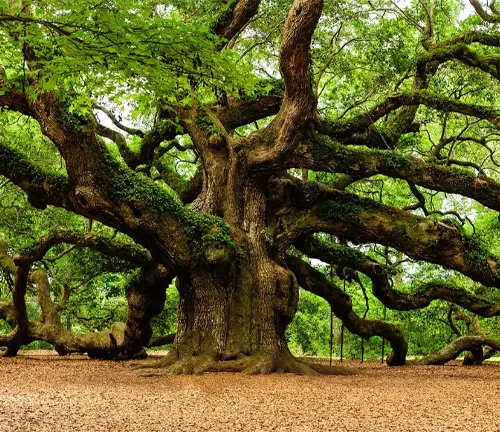
The tree’s massive, gnarled branches stretch gracefully in all directions, providing a sprawling canopy of shade that covers an impressive 17,000 square feet. With a height of about 65 feet, the Angel Oak is a living spectacle, captivating visitors with its resilience and sheer grandeur.
The name “Angel Oak” is said to have originated from estate owned by Justus Angel, a 19th-century landowner. Beyond its physical splendor, the tree holds cultural significance, serving as a symbol of strength, endurance, and the deep-rooted history of the region. Visitors are drawn not only to its impressive size but also to the sense of wonder and reverence that the Angel Oak evokes, offering a serene and contemplative experience in the midst of its ancient branches.
| Characteristics | Description |
| Species | Southern live oak (Quercus virginiana) |
| Age | Estimated 400-500 years |
| Location | Angel Oak Park, near Charleston, SC |
| Height | Approximately 65 feet |
| Canopy Spread | Covers an impressive 17,000 sq. feet |
| Circumference | Notable for its massive and gnarled trunk |
| Cultural Significance | Symbolizes strength and regional history |
| Origin of Name | Believed to be named after Justus Angel, a 19th-century landowner |
| Visitation | Draws visitors seeking a contemplative experience |
| Estate Connection | Associated with an estate owned by Justus Angel |
| Iconic Presence | Considered one of the oldest living things in the United States |
Botanical Beauty of Angel Oak Tree
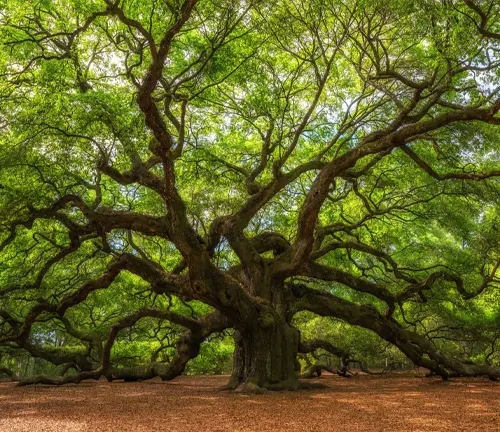
In the heart of Angel Oak Park, a botanical marvel stands as a testament to nature’s enduring beauty—the Angel Oak Tree. This majestic Southern live oak, scientifically known as Quercus virginiana, captivates all who behold it with its impressive size and ancient allure. Estimated to be between 400 and 500 years old, the tree’s gnarled branches stretch gracefully, creating a sprawling canopy that covers an astounding 17,000 square feet. Its botanical significance lies not only in its age but also in the intricate details of its bark, leaves, and branches, making it a living masterpiece of botanical beauty.
Woodland Elegance
The Angel Oak Tree exudes woodland elegance with its massive, sprawling branches and the distinctive silhouette it casts against the sky. Its towering height of approximately 65 feet contributes to the tree’s stately presence, creating a serene and enchanting atmosphere in Angel Oak Park. As visitors meander beneath its expansive canopy, they are immersed in the tranquil ambiance of a living woodland sculpture, where time seems to stand still, and the natural world takes center stage.
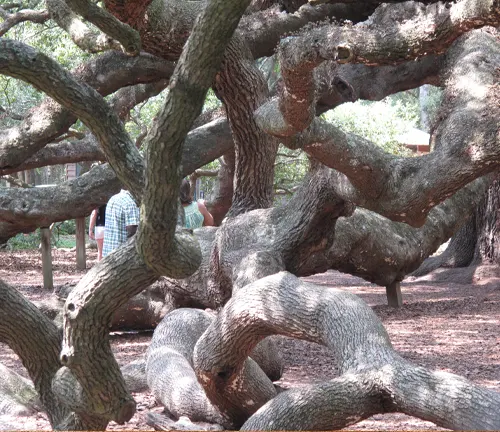
Ecological Importance
Beyond its aesthetic appeal, the Angel Oak Tree plays a crucial role in the local ecosystem. As a Southern live oak, it provides habitat and sustenance for various flora and fauna. The dense canopy offers a sheltered haven for birds, insects, and small mammals, contributing to the overall biodiversity of the surrounding environment. The fallen leaves and decaying matter also enrich the soil, fostering a healthy ecosystem that extends far beyond the immediate vicinity of the tree.

Cultivation and Conservation
Efforts to cultivate and conserve the Angel Oak Tree highlight the significance of preserving this botanical treasure for future generations. Conservation initiatives aim to protect the tree from environmental stressors and human impact, ensuring that it continues to thrive in its natural habitat. Educational programs and guided tours further contribute to raising awareness about the importance of preserving ancient trees and the ecosystems they support.
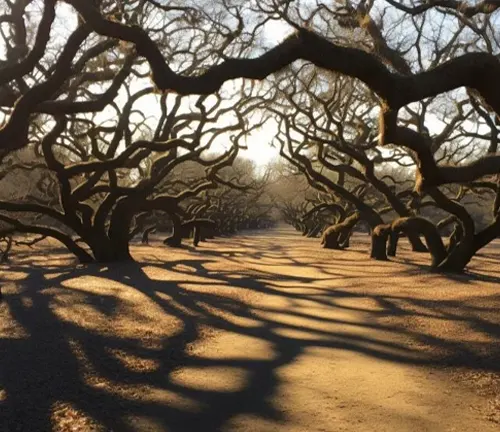
Fragrance
The Angel Oak Tree not only captivates the eyes but also enchants the senses with its subtle fragrance. The aroma of the tree, especially on warm, sunny days, adds an olfactory dimension to the overall experience. The delicate scent wafts through the air, creating a sensory connection that enhances the appreciation of this natural wonder.
Soil Stabilization
One of the unsung heroes of the Angel Oak Tree is its role in soil stabilization. The extensive root system of this ancient giant helps prevent soil erosion, anchoring the tree firmly in place. This feature is especially vital in the coastal regions of South Carolina, where the tree’s presence contributes to maintaining the integrity of the surrounding landscape.
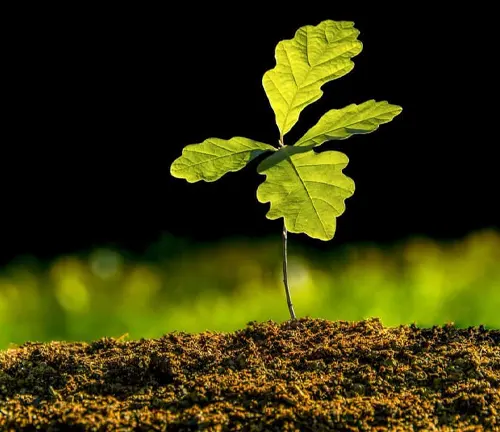
Common Uses
Throughout history, the wood of the Southern live oak has been highly valued for its durability and strength. Historically, it has been used in shipbuilding, contributing to the construction of sturdy and resilient vessels. While the Angel Oak Tree itself is not harvested for such purposes, the historical significance of its species in craftsmanship and construction adds another layer to its cultural importance.
Benefits
The Angel Oak Tree bestows numerous benefits upon its ecosystem and the people who visit it. From providing shade and habitat to supporting biodiversity and offering a picturesque backdrop for reflection, this ancient tree stands as a living reminder of the interconnectedness of nature and humanity. Its presence in Angel Oak Park serves as a source of inspiration, encouraging a deeper appreciation for the natural world and the importance of conservation efforts.
Different Species
Northern Red Oak
(Quercus rubra)
Native to North America, the Northern Red Oak is known for its vibrant red foliage in the fall and is a popular ornamental tree.
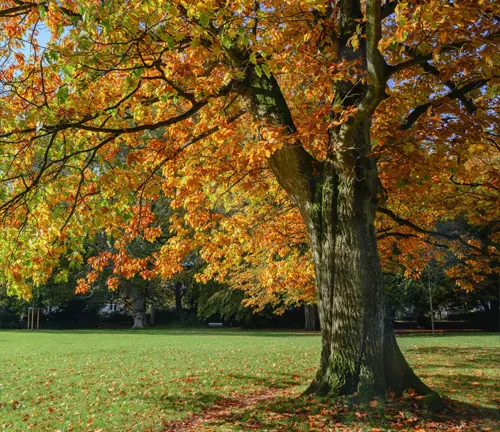
White Oak
(Quercus alba)
Widely distributed in North America, the White Oak is a large and long-lived tree, valued for its high-quality wood and distinctive lobed leaves.
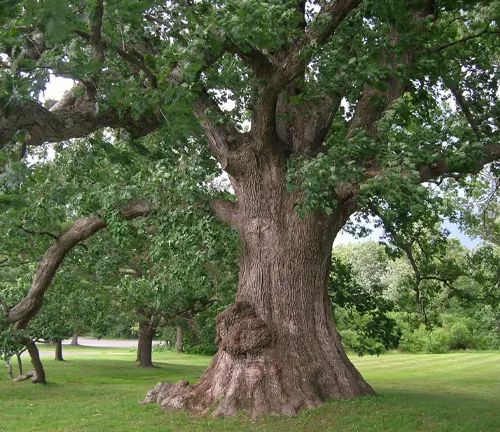
Pin Oak
(Quercus palustris)
Recognized for its distinctive branching pattern and slender, pointed leaves, the Pin Oak is often used in landscaping and urban areas.
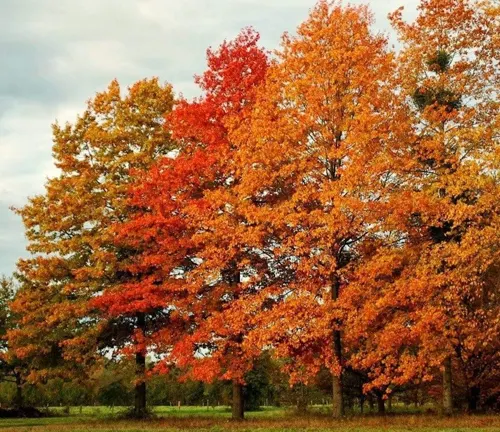
Willow Oak
(Quercus phellos)
Native to the southeastern United States, the Willow Oak is named for its willow-like leaves and is commonly planted for its rapid growth.
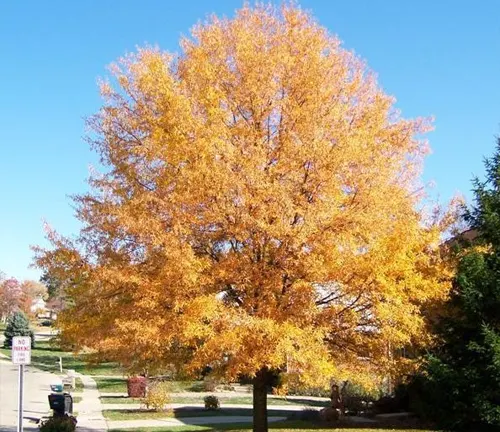
Bur Oak
(Quercus macrocarpa)
Found in North America, the Bur Oak is characterized by its large acorns and deeply lobed leaves. It is well-adapted to a variety of soil types.
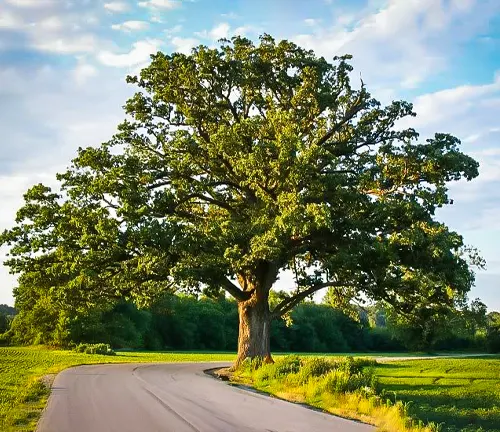
Live Oak
(Quercus virginiana)
While the Southern live oak is often referred to as the “Angel Oak,” there are other individual live oak trees throughout the Southern United States. These trees are evergreen and known for their sprawling, picturesque canopies.
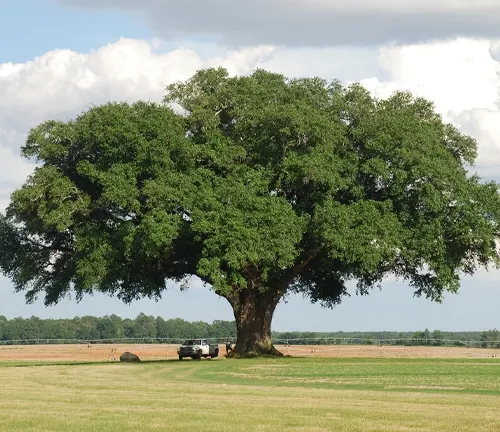
Frequently Asked Questions (FAQs)
- What is the Angel Oak Tree?
The Angel Oak Tree is a Southern live oak (Quercus virginiana) located in Angel Oak Park near Charleston, South Carolina. It is a massive, ancient tree with historical and cultural significance. - How old is the Angel Oak Tree?
The age of the Angel Oak Tree is estimated to be between 400 and 500 years, making it one of the oldest living things in the United States. - Where is the Angel Oak Tree located?
The Angel Oak Tree is situated in Angel Oak Park, which is located near Charleston, South Carolina. - Why is it called the “Angel Oak”?
The tree is believed to be named after Justus Angel, a 19th-century landowner associated with the estate where the tree is located. - What are the dimensions of the Angel Oak Tree?
The tree has a height of approximately 65 feet and boasts a sprawling canopy that covers an impressive 17,000 square feet. - Is the Angel Oak Tree the only one of its kind?
While the term “Angel Oak Tree” commonly refers to this specific individual, there are other live oak trees throughout the Southern United States. Each tree, however, has its own unique characteristics. - What is the significance of the Angel Oak Tree?
The tree holds cultural significance and serves as a symbol of strength, endurance, and the deep-rooted history of the region. It is also ecologically important, contributing to the local ecosystem. - Are there guided tours available?
Yes, Angel Oak Park often offers guided tours, providing visitors with information about the history, biology, and cultural importance of the Angel Oak Tree. - Can visitors touch or climb the Angel Oak Tree?
To protect the tree and its delicate ecosystem, visitors are generally not allowed to climb the tree, and signs may indicate areas where touching the tree is discouraged. - Is the Angel Oak Tree threatened or protected?
Conservation efforts are in place to protect the Angel Oak Tree from environmental stressors and human impact. The tree and its surrounding area are often part of conservation initiatives to ensure its preservation for future generations.


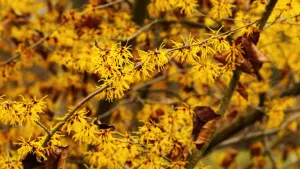
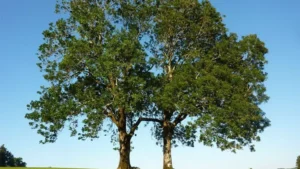

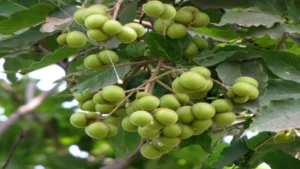

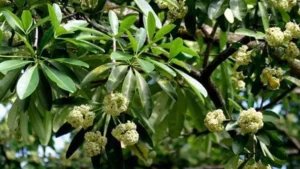
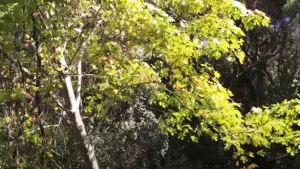
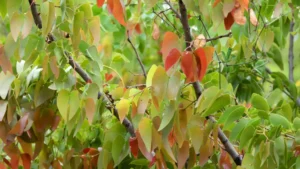
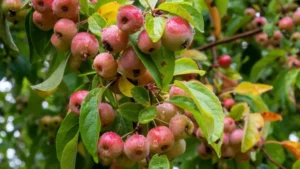



Leave your comment